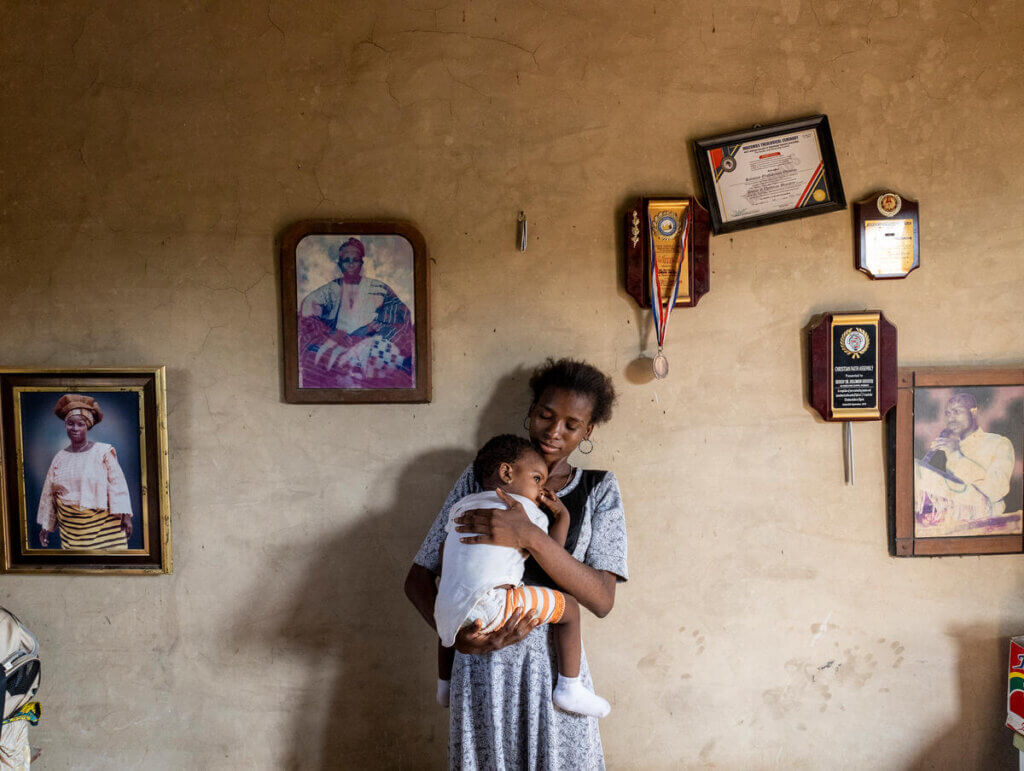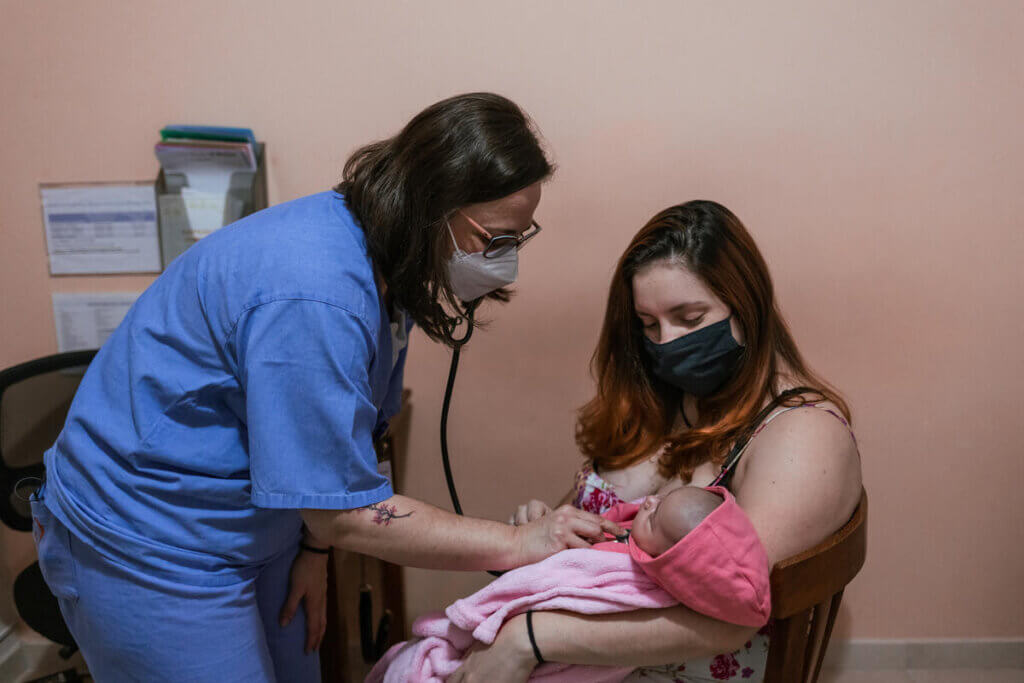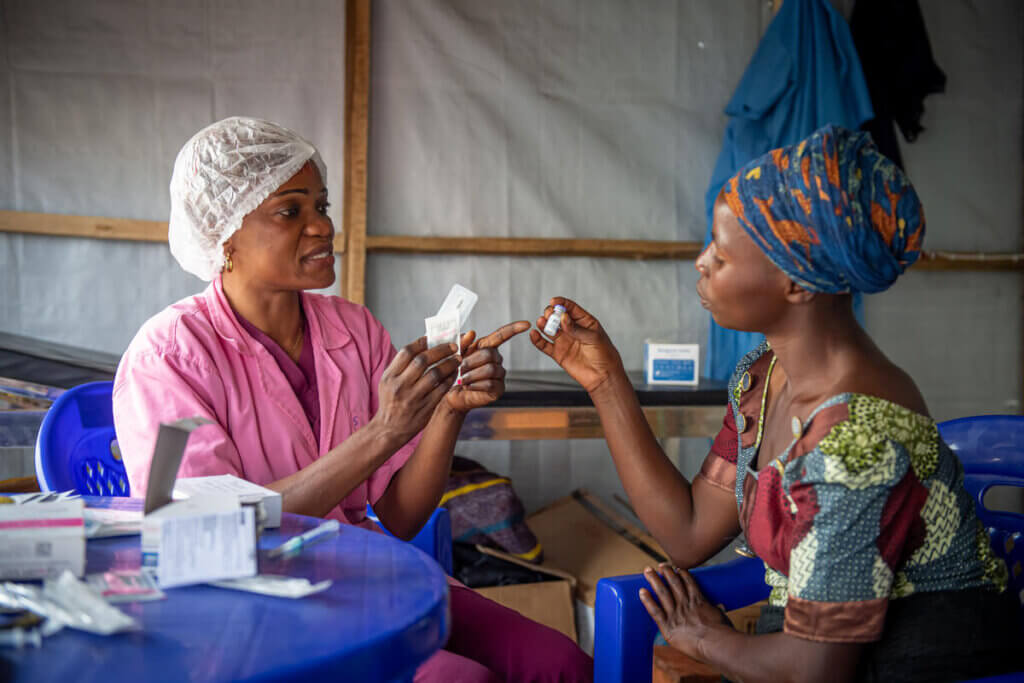What are the SDGs? – Defining UN reproductive health terminology

What are the SDGs and how do they tie into global reproductive health?
The SDGs, which is shorthand for the Sustainable Development Goals, is a compilation of 17 crucial development goals that have been agreed upon by the United Nations. These goals, which were outlined under the 2030 Agenda for Sustainable Development and adopted by all United Nations Member States in 2015, serve as our blueprint for global peace and prosperity for both people and the planet.
The entire international community is working to achieve all of the SDGs by 2030, which in turn means that the 2020s is our decade of action. Here are the 17 goals that we are all working tirelessly toward:
Goal 1: End poverty in all its forms everywhere
Goal 2: End hunger, achieve food security and improved nutrition and promote sustainable agriculture
Goal 3: Ensure healthy lives and promote well-being for all at all ages
Goal 4: Ensure inclusive and quality education for all and promote lifelong learning
Goal 5: Achieve gender equality and empower all women and girls
Goal 6: Ensure access to water and sanitation for all
Goal 7: Ensure access to affordable, reliable, sustainable and modern energy for all
Goal 8: Promote inclusive and sustainable economic growth, employment and decent work for all
Goal 9: Build resilient infrastructure, promote inclusive and sustainable industrialization and foster innovation
Goal 10: Reduce inequality within and among countries
Goal 11: Make cities inclusive, safe, resilient and sustainable
Goal 12: Ensure sustainable consumption and production patterns
Goal 13: Take urgent action to combat climate change and its impacts
Goal 14: Conserve and sustainably use the oceans, seas and marine resources for sustainable development
Goal 15: Protect, restore and promote sustainable use of terrestrial ecosystems and halt biodiversity loss
Goal 16: Promote just, peaceful and inclusive societies
Goal 17: Revitalize the global partnership for sustainable development
Our work directly touches many of these goals. For example, when we distribute Dignity Kits to women and girls in crisis-affected communities, we are contributing to Goal 6. When we teach women and girls in safehouses income-generating trades, we are contributing to Goal 8. When we work to reach and serve marginalized people such as migrants or indigenous communities, we are contributing to Goal 10.
There are dozens of ways that our work directly furthers the SDGs – but the biggest goals that our work contributes to are Goal 3 and Goal 5.

Goal 3: Good health and well-being for all
Goal 3, which calls for healthy lives and well-being for all people at all ages, also calls specifically for universal access to sexual and reproductive care, reducing global maternal death rates, and ending the AIDs epidemic. As the United Nations Sexual and Reproductive Health Agency, we’re proud to be a leader in this space and produce massive results in achieving this goal every single year.
– Distributing over 1 billion condoms
– Preventing over 33,000 women from dying during childbirth or due to pregnancy complications
– Avoiding 6.4 million new sexually transmitted infections
– Delivering over 1 million babies in humanitarian crises, and more
By furthering this goal, we were able to be there for women like Faili, who was one of 6,235 women to safely give birth at the Nyarugusu refugee camp in Tanzania – where not a single woman died during childbirth in 2022. We were able to be there for Sia, who received a free obstetric fistula repair after surviving for years with a devastating fistula and being cast from society. We were able to be there for Monica, who made the decision to receive a birth control implant from us after her home was destroyed by Cyclone Ana.
There are countless more stories of hope and perseverance that we have contributed to through our work to further Goal 3. To read more stories of hope, you can look at our full 2023 annual report here.

Goal 5: Gender Equality
Goal 5 calls for the elimination of all forms of violence against women and girls, the end of all forms of gender-based discrimination, the elimination of harmful practices such as child marriage or female genital mutilation, and universal access to sexual and reproductive healthcare. All of these calls to action align with our mandate.
Where girls are still victims of FGM and child marriage, we are both in the community organizing and educating, and also working out of the communities to change laws. In humanitarian crises, which coincide directly with spikes in violence against women, we are on the ground opening safehouses for survivors and those vulnerable to violence. And around the world, we are providing access to safe contraceptives and providing sexual education so women and girls can make their own decisions about their reproductive futures.
In 2023, all of these efforts to further Goal 5 resulted in:
– 162,075 girls protected from female genital mutilation
– 4.2 million people reached with protection from and response to GBV
– 1,690 safe spaces for women and girls supported around the world
– 17.9 million unintended pregnancies prevented
While we still have a lengthy journey ahead of us to achieve all of the SDGs, we’re incredibly thankful to this community for helping us to have such a massive impact for women and girls each year. If you would like to get a full picture of the impact that we had together for women and girls in 2023, you can now take a look at our latest annual report!